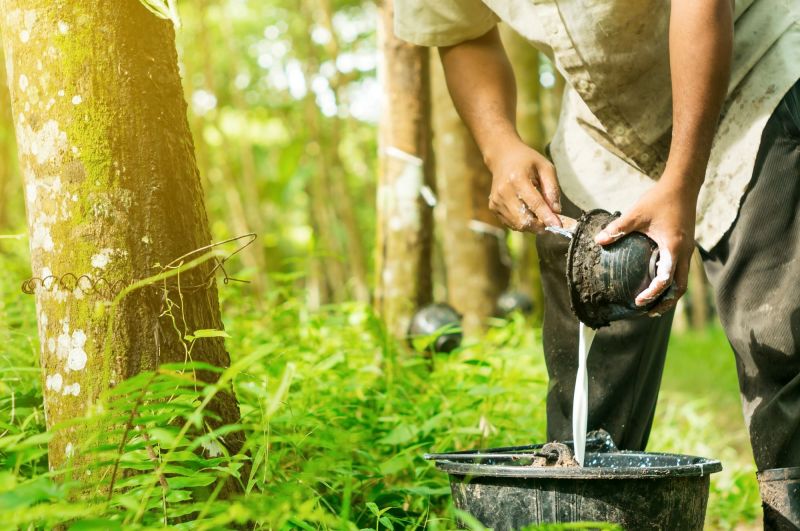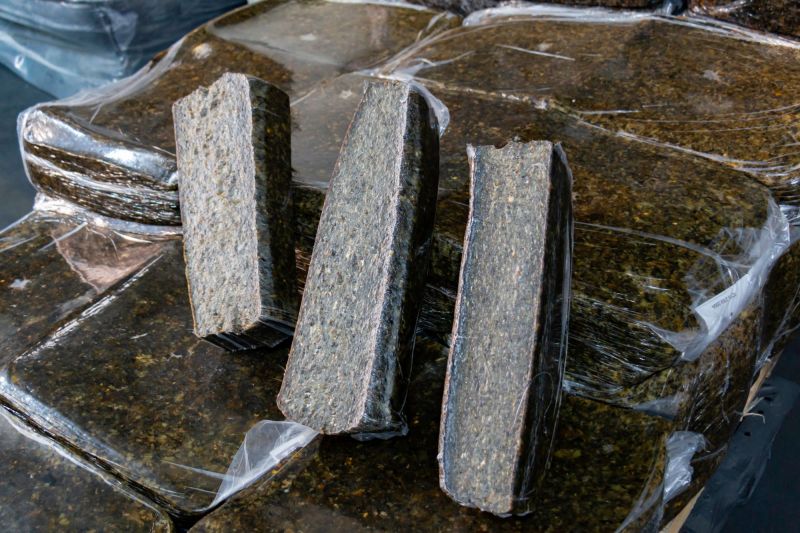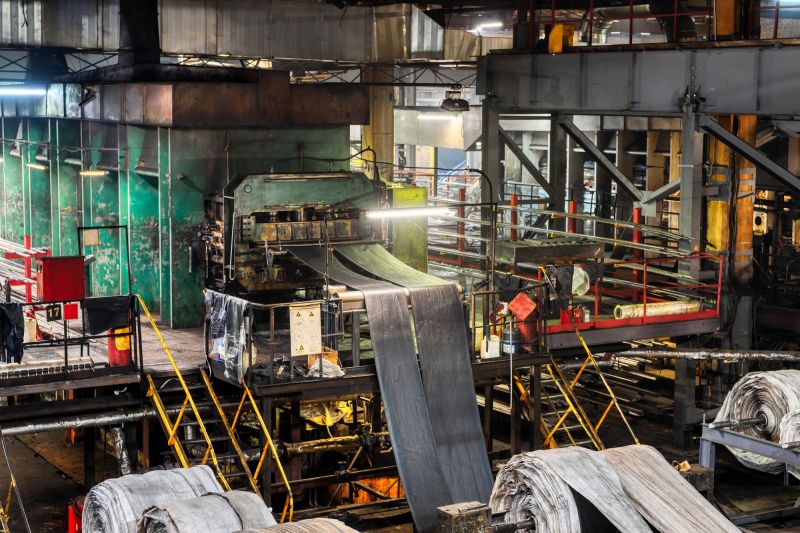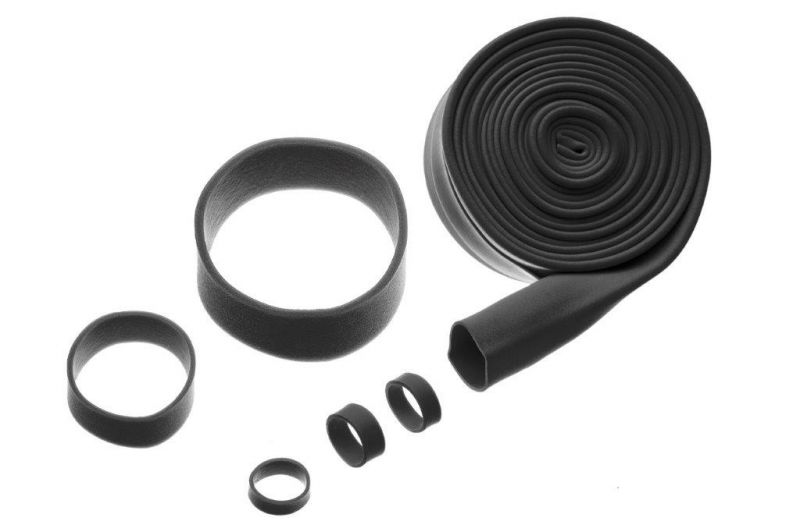Reading time of interview ~ 6 minutes
How are rubber bands made?
Interview with our expert Sebastian Gropper
Rubber bands have been an integral part of our daily live for decades. Often overlooked, they are often used in a wide variety of areas, be it at home, for leisure or at work. But how are these rubber bands produced? Below you will find a brief explanation.
What is the main raw material of rubber bands?
Sebastian Gropper: "Latex is the main raw material required for the production of rubber rings. This is obtained from the sap of the rubber tree. The rubber sap is still harvested manually today. The bark of the tree is scratched and the liquid is collected in containers. The latex containers are emptied every week."
Which additives are needed?
Sebastian Gropper: "To make latex easier to process and to make the end product more durable and, above all, more elastic, additives such as sulphur, rubber oil (factice), UV stabilizers and finally color are added to the latex. The addition of sulphur in particular plays a decisive role in the subsequent elasticity. However, the proportion of these additives is low. In the case of high-quality natural-transparent rubber bands their value is less than 2%."
How are rubber tubes made?
Sebastian Gropper: "Once the recipe is ready, the latex juice is dried for further processing and packed into bales. The bales are easy to transport and store. The latex mixture is then liquefied with the addition of heat and pressed through extruders. This produces rubber tubes which - to prevent sticking - are powdered with talcum powder or sprayed with silicone after cooling. The extruders are available in various diameters from approx. 10 mm to 260 mm. To give the tube a certain inherent stability, large tube diameters have a greater wall thickness than smaller ones."
How are rubber tubings turned into rubber bands?
Sebastian Gropper: "The actual production of rubber bands is achieved by cutting the tubes into the final 'rings'. This process takes place in cutting systems. The tubes are pressed flat and fed into a cutting chamber with rotating knives. There, the tubes are precisely chopped into bands."
Vulcanization is a chemical process in which rubber is heated with the addition of sulphur. This causes individual molecules of the rubber to cross-link with each other through sulphur bridges. In this way, the rubber is transformed from its original plastic state into a new elastic state. Vulcanization is the only way to ensure that a rubber returns to its original state after stretching. In addition, its resistance to temperature and UV radiation improves. The more sulphur is added and the longer the mixture is heated, the more sulphur bridges are formed and the harder the rubber becomes.
If rubber is exposed to external influences, such as heat, cold, or UV radiation, the sulphur bridges are destroyed and replaced by oxygen bridges. The user notices that the rubber becomes porous and no longer allows major stretching.
H+D quality guarantee for rubber rings made from natural rubber
- Manufactured in accordance with DIN 7715
- Food-safe according to U.S. Food and Drug Administration (FDA) Code of Federal Regulations (CFR) 21, Section 177.2600 and EU Regulation 1935/2004 (only applies on request and after explicit confirmation)
- Lead-free and phthalate-free according to legal requirements
- Reach compliant according to 1907/2006/EC
- RoHS compliant according to 2011/65/EU
Need more information on natural rubber bands?
Find further interesting details on our rubber band program.














